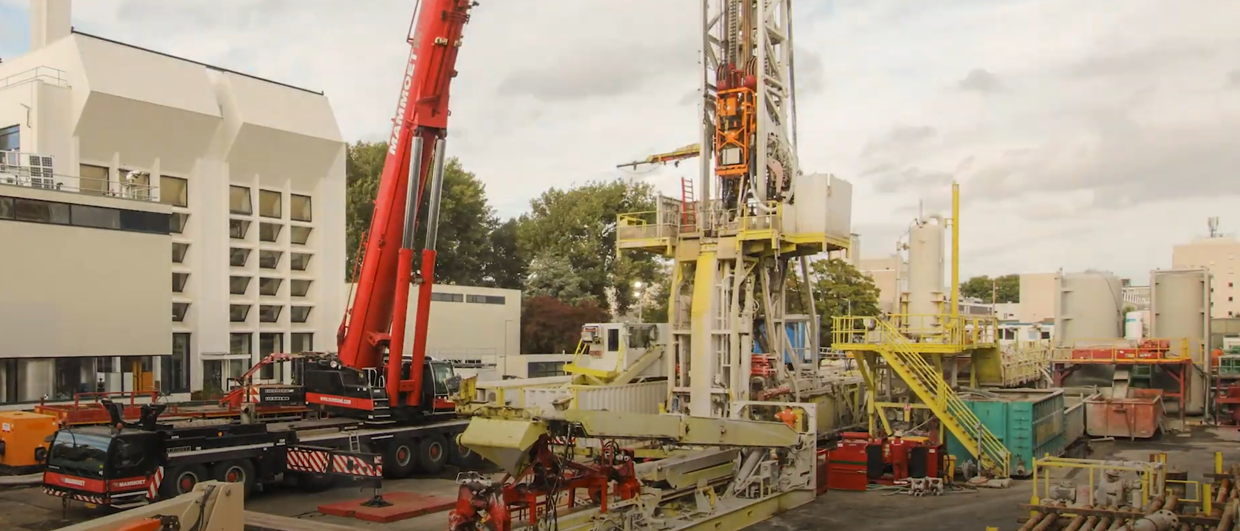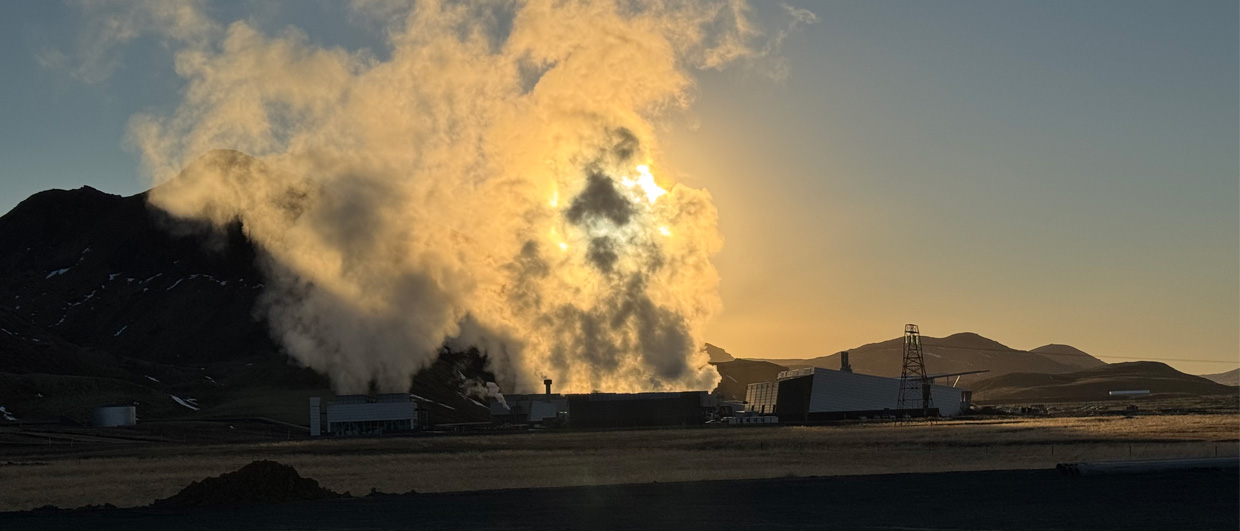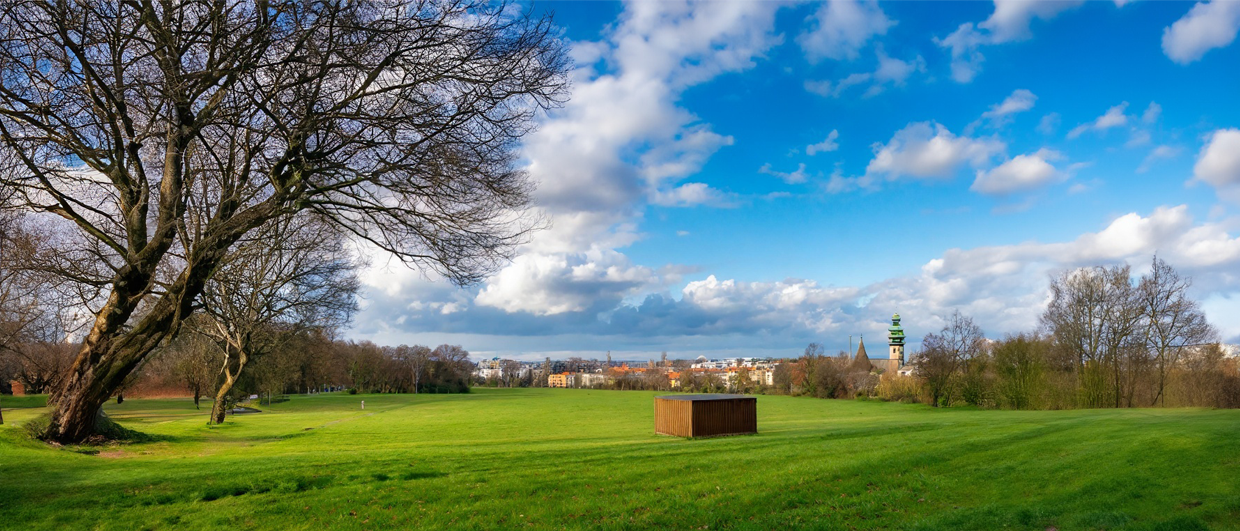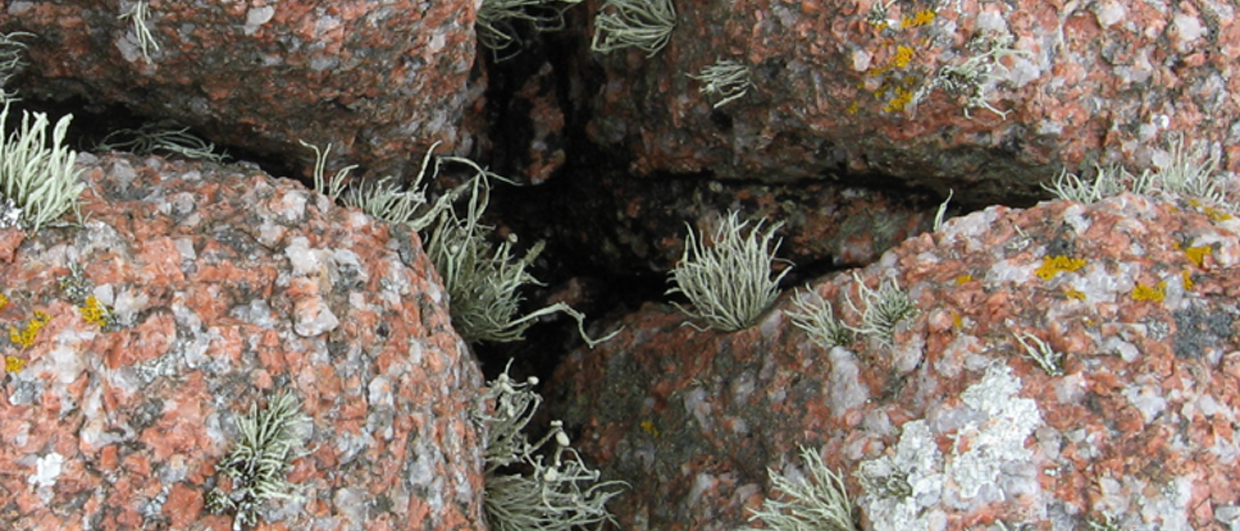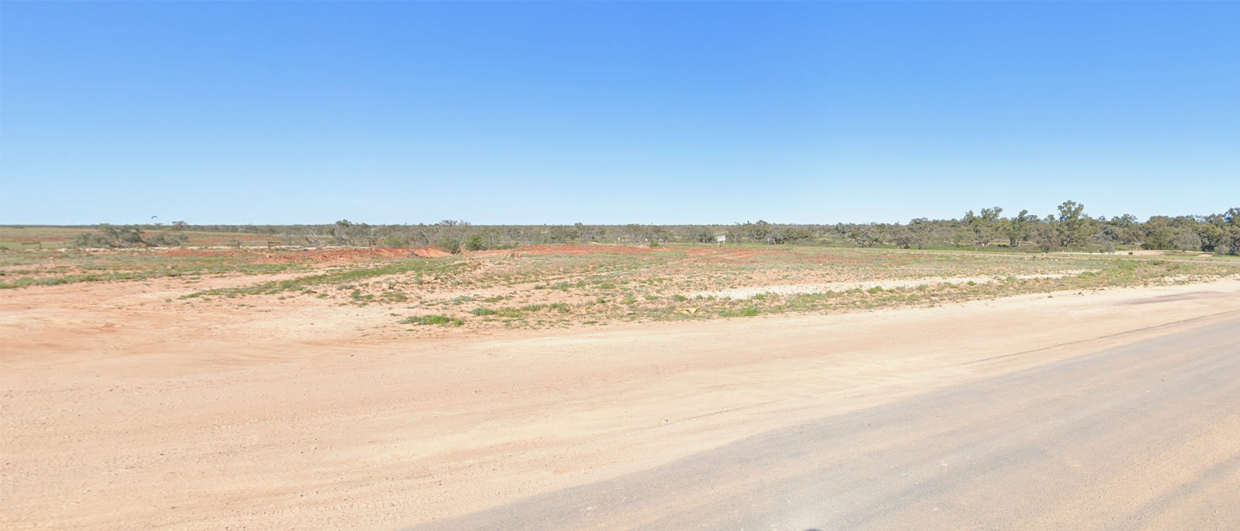“ Let’s face it,” says Arndt Peterhaensel from TRACS, “with the energy density of geothermal energy being so much lower than from hydrocarbons, the service sector around this resource has to operate at slimmer margins than in oil and gas.”
“The EU recognises that,” continues Sebastian Geiger, who oversees the consortium on behalf of Delft University of Technology in the Netherlands, “and with that in mind, the FindHeat project was funded for a period of four years.”
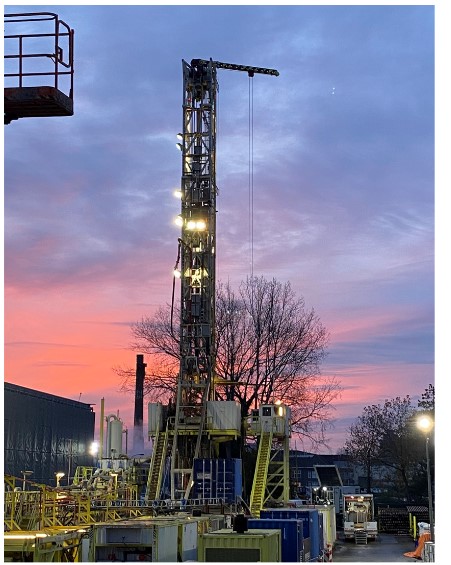
“Our goal is to create a public online space, the FindHeat platform, that hosts a range of essential tools that will facilitate geothermal energy producers or potential developers with the essentials to make decisions faster and more efficiently.”
Geothermal energy producers do not tend to have large geoscience departments such as oil and gas companies, if they employ them in the first place, so there needs to be a port of call that fills that gap. “That’s not to say we want to eliminate the service sector by implementing this, we do recognise that services will always be required for individual projects to get them off the ground,” adds Sebastian.
To make things more concrete, eight geothermal projects that are currently ongoing in the Europe region are part of the consortium; each with its own challenges, be it from a subsurface or a societal perspective.
For instance, a project in Iceland takes part with the specific challenge in mind to expand its operations into deeper horizons. This kind of near-field exploration is an aspect that can be translated to many other existing projects where there is an additional need for energy or where the current source is getting close to maturation.
“For this type of work, we don’t necessarily need the most advanced reservoir modelling software,” says Sebastian. “As part of the project, we are preparing an existing open-source and easy-to-use software called Rapid Reservoir Modelling for use within the portal,” he says.
It is a good example of the cross-fertilization between the oil and gas and geothermal sector; the software was originally developed for E&P but is now finding its way towards geothermal. “It has the right scale of granularity to do a rapid assessment of remaining nearby geothermal resources that can also be handled by people who are not working with this on a daily basis.”
At the other end of the spectrum are above-ground challenges such as how to communicate with local communities when a geothermal project will start in their area. “Even though it is a very low-carbon source, it is not always met with open arms,” says Arndt. “We also aim to provide a set of documents that help people communicate new projects to local stakeholders, which will hopefully create more awareness of what a project entails and thereby reduce lengthy regulatory processes.”

